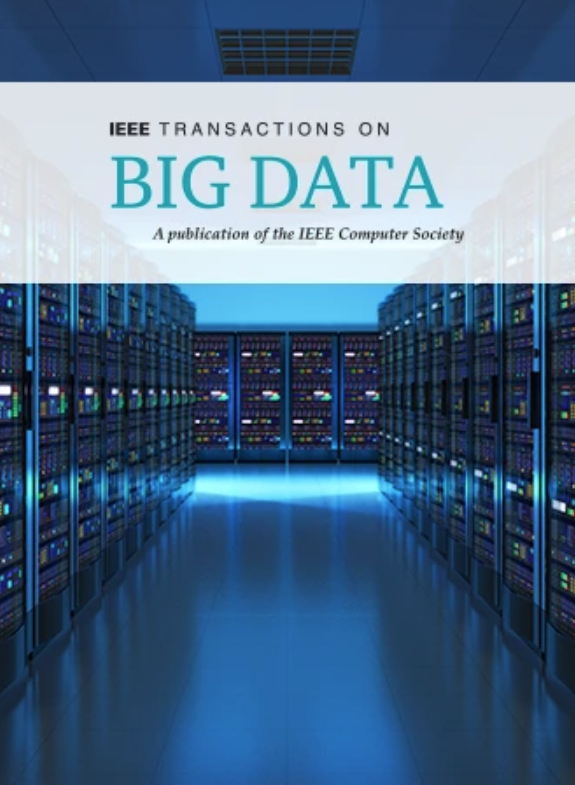Multi-View Heterogeneous HyperGNN for Heterophilic Knowledge Combination Prediction
IF 5.7
3区 计算机科学
Q1 COMPUTER SCIENCE, INFORMATION SYSTEMS
引用次数: 0
Abstract
Knowledge combination prediction involves analyzing current knowledge elements and their relationships, then forecasting how these elements, drawn from various fields, can be creatively combined to form new, innovative solutions. This process is critical for countries and businesses to understand future technology trends and promote innovation in an era of rapid scientific and technological advancement. Existing methods often overlook the integration of knowledge combinations from multiple views, along with their inherent heterophily and the dual “many-to-one” property, where a single knowledge combination can include multiple elements, and a single element may belong to various combinations. To this end, we propose a novel framework named Multi-view多视图异构HyperGNN的异亲性知识组合预测
知识组合预测包括分析现有的知识元素及其关系,然后预测这些元素如何从各个领域汲取,创造性地组合起来,形成新的、创新的解决方案。在科技飞速发展的时代,这一过程对于国家和企业了解未来的技术趋势和促进创新至关重要。现有方法往往忽略了从多个角度对知识组合进行集成,以及其固有的异质性和对偶的“多对一”性质,即单个知识组合可以包含多个元素,单个元素可能属于多个组合。为此,我们提出了一种新的框架,称为多视图异构超gnn,用于异亲知识组合预测(H3KCP)。具体来说,H3KCP首先构建了一个反映知识组合对偶“多对一”属性的超图,其中每个超边可以包含多个节点,每个节点也可以属于多个超边。其次,该框架采用多视图融合方法对知识组合进行建模,考虑了异质性,并整合了来自共现、共引用和基于分层结构的视图的见解。此外,我们从谱图的角度对H3KCP进行了分析,为其合理性提供了见解。最后,在真实世界的专利数据集和开放学术图数据集上进行的大量实验验证了我们方法的有效性和效率,对知识组合产生了重要的见解。
本文章由计算机程序翻译,如有差异,请以英文原文为准。
求助全文
约1分钟内获得全文
求助全文
来源期刊

IEEE Transactions on Big Data
Multiple-
CiteScore
11.80
自引率
2.80%
发文量
114
期刊介绍:
The IEEE Transactions on Big Data publishes peer-reviewed articles focusing on big data. These articles present innovative research ideas and application results across disciplines, including novel theories, algorithms, and applications. Research areas cover a wide range, such as big data analytics, visualization, curation, management, semantics, infrastructure, standards, performance analysis, intelligence extraction, scientific discovery, security, privacy, and legal issues specific to big data. The journal also prioritizes applications of big data in fields generating massive datasets.
 求助内容:
求助内容: 应助结果提醒方式:
应助结果提醒方式:


